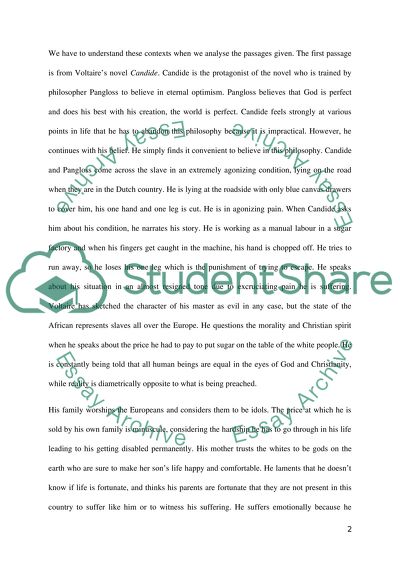Cite this document
(“Understanding Slavery Essay Example | Topics and Well Written Essays - 1250 words”, n.d.)
Retrieved from https://studentshare.org/literature/1438279-write-an-essay-of
Retrieved from https://studentshare.org/literature/1438279-write-an-essay-of
(Understanding Slavery Essay Example | Topics and Well Written Essays - 1250 Words)
https://studentshare.org/literature/1438279-write-an-essay-of.
https://studentshare.org/literature/1438279-write-an-essay-of.
“Understanding Slavery Essay Example | Topics and Well Written Essays - 1250 Words”, n.d. https://studentshare.org/literature/1438279-write-an-essay-of.


